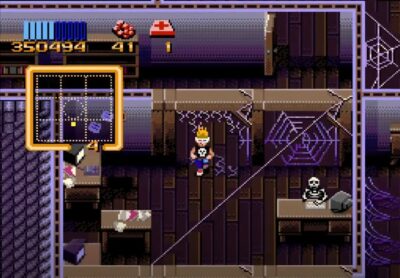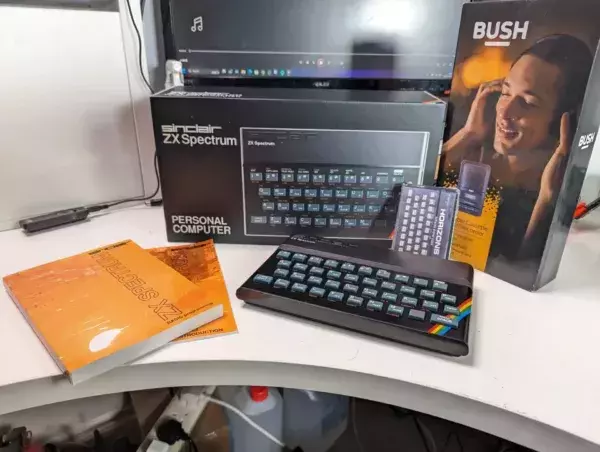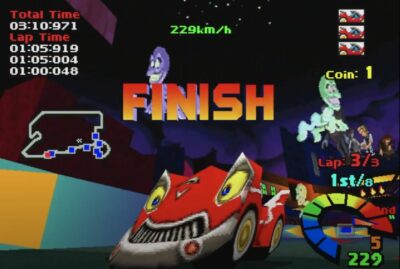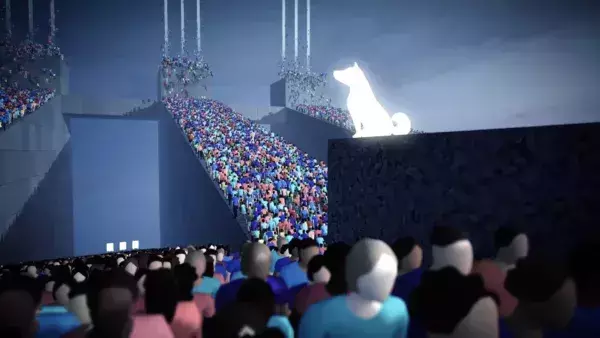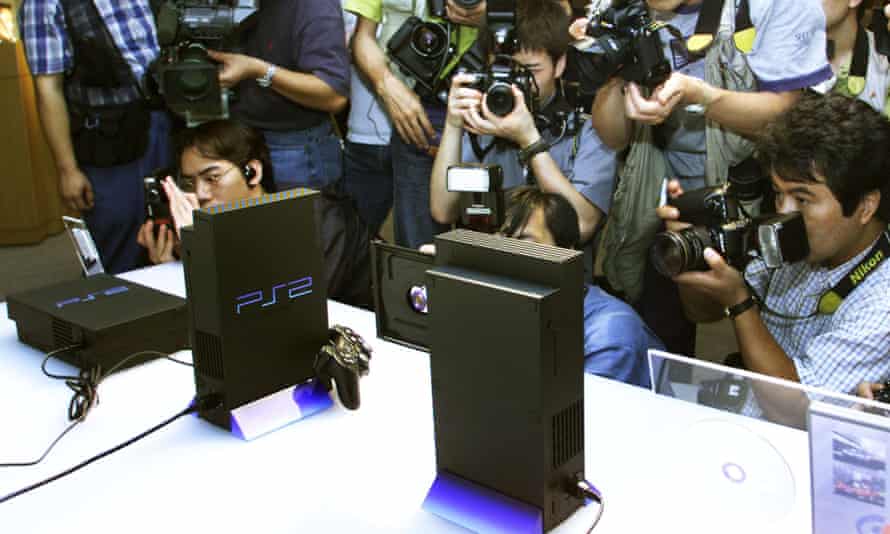
And just like that, video games changed. With 1994’s original PlayStation, that is – Sony’s entry to the video game hardware market and a kick up the jacksie the likes of which we wouldn’t see anything close to a repeat of until, arguably, the Xbox 360 in 2005. After disrupting the market with such assuredness, such ferocity, upsetting the balance of console power that had held for nearly a decade, and making gaming cool and stuff you did at raves, and advertised with drug references, it’s fair to say expectations were high for the PlayStation 2.
First of all, Sony would have to do something about that name. PlayStation 2 made it sound dull and uninspired, so of course the name would be changed. And early designs showed off something that looked like the unholy union betwixt 2001’s monolith and a decrepit VCR from 1979, so of course that would be updated to something more sleek and modern for contemporary, turn-of-the-millennium audiences. The controller would definitely see an update, too, as the original DualShock showed itself to be more of a prototype of how this new world of analogue controllers would work – a new design would invoke a new spirit of adventure, as well as just being a bit better sitting in the hands. If Sony stuck to its guns and didn’t tweak any of this before the console released, this follow-up would surely be a bit of a damp squib.
Naturally, Sony changed none of that and the PS2 went on to sell 155 million units, more than any other gaming machine in the history of gaming machines. The PS2 was also rough and unfocused in its support of hard drives, which rival Xbox demonstrated could – and would – be incredibly useful in consoles. Sony’s machine also made somewhat futile attempts at setting up an online ecosystem of its own, again trailing in the wake of Microsoft’s big black box of doom. Not to mention the endless reports of technical issues – so many dodgy disc drives – and the fact that Saddam Hussein was apparently stocking up on PS2s in order to power his WMDs that definitely existed.

As well as mainstream hits, the PS2 also sported cult classic all-timers like Shadow of the Colossus
When you lay all that out (the Saddam thing was poppycock, by the way, but it was reported at the time), it really does sound like we should be talking about a Gizmondo-style failure, or a repeat of Sega’s Dreamcast – itself finished off by Sony’s hyper-aggressive marketing push for the PS2. Instead, what we got was a weird mishmash of power and promise alongside a general inability to innovate or push boundaries particularly in any meaningful way.
Aside from the requisite specced-up nature of the hardware under the hood, what was it the PS2 did that it could shout about as being particularly new? The controllers were the same, but had pressure-sensitive buttons and came in black. Memory cards were memory cards again, but eight times the capacity. You could even use the same SCART lead from your PSone on the PS2. Same again, just with a bit more muscle. Well, a bit more muscle and a DVD drive.
And this was how the PS2 got a foothold in the mainstream. On one hand was the marketing – high on spending, aggressive in nature, pushing the console as something everyone in the world wanted. Even the dictator of a Middle Eastern nation, some years before he decided to go on holiday in a hole and grow his beard out. On the other hand, we had the DVD-playing capabilities of the machine, offering up the ability to get into the new generation of home media viewing for far less money than dedicated DVD players of the year 2000.
Contemporary news quoted a survey by Nikkei Online, showing some 74% of people who bought a PS2 did so both for games and to watch DVDs, with a huge 53% buying from one to five DVDs with their console – 30% were renting that many DVDs. A mere 23% avoided DVDs altogether, using the console purely as a gaming machine. It’s hard to overstate just how important the PS2’s functionality as a DVD player was, really.

It wasn’t all newness on PS2, as established franchises hit better after making the generational jump.
It didn’t have the looks, or the pure innovation, or even really the great games at launch – TimeSplitters was excellent in four-player, but other than that was a middling shooter. But the PS2 had the might of marketing behind it, and one neat trick to tip it over the edge and make it into the product everybody had to have. Without that DVD functionality, perhaps the war between Sony and Sega might not have been over so suddenly a year later. Maybe Microsoft would have finished off a wounded console. The GameCube might not even have had a handle. Who knows?
But it happened like that, and Sony’s sophomore system did indeed end up as the highest-selling gaming machine of all time – shifting more than the Game Boy, the Nintendo DS, the Wii… it’s hard to include Sega or Microsoft here given neither appears in the top-selling lists until the Xbox 360 in ninth place. The PS4 is an ongoing concern for Sony at the time of writing, selling incredibly well – but even that is nearly 40 million units behind its older sibling. The PS2 probably shouldn’t have done as well as it did. But it did. And despite it all, it’s an absolute gem of a console.


